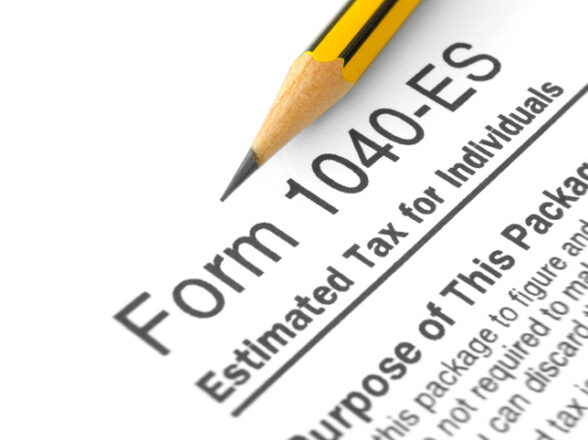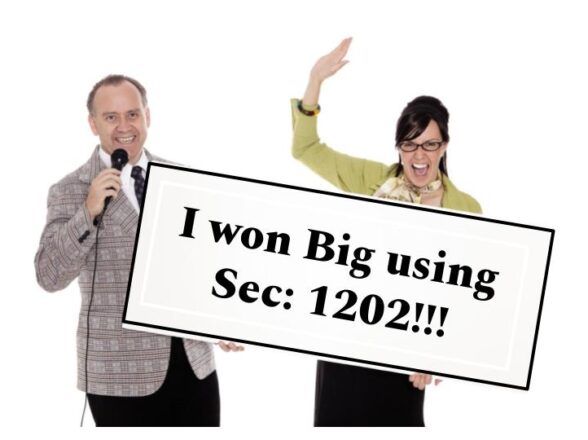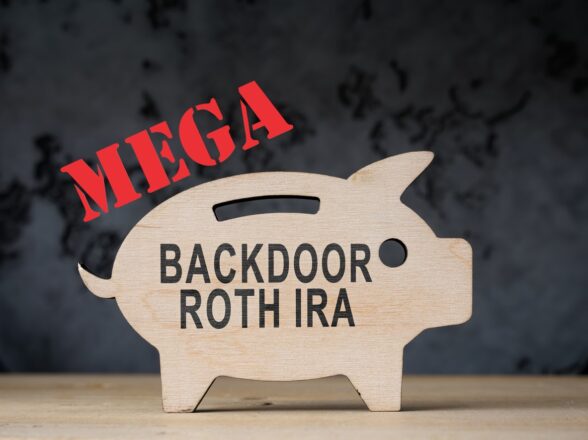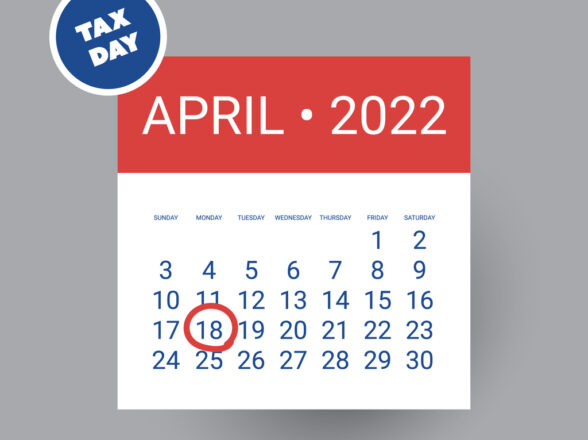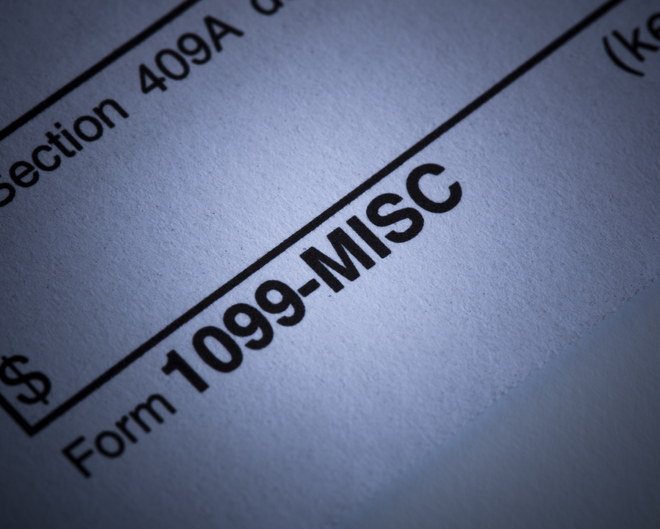Blog
10b5-1 Proposed Rule Changes: What You Need to Know

Numerous factors influence a company’s success or failure. However, none is as essential as leadership. That’s why a critical battle for organizations in the war for talent is securing top-notch leadership; individuals with the knowledge, skills, and foresight can lead the company to success.
Therefore, it’s no surprise that business executives in top-performing companies are well compensated. But beyond a salary, organizations may offer you a percentage of their stock as a performance incentive.
According to the Harvard Law School Forum on Corporate Governance, stock-based compensation is rising. And this is not just with S&P 500 companies but also with smaller organizations.
As an executive, stock-based compensation is highly lucrative, especially if you successfully lead the company. However, it can present a challenge if you decide to sell part of your stock, as insider trading is against the Securities Exchange Commission’s (SEC) regulations.
As a solution, the SEC developed Rule 10b5-1 to allow executives to trade their stocks without breaching the regulations. In addition, the SEC recently proposed changes to building on what Rule 10b5-1 offers.
Therefore, as a stock-based compensation executive, you must understand what the proposals entail. Read on to learn about the proposed changes to rule 10b5-1.
What Is Rule 10b5-1?
If you’ve ever been accused of insider trading, you know how serious the charges can be. But what exactly is insider trading?
The SEC defines it as “fraud that occurs when a person uses non-public information about a company to buy or sell securities.” In other words, it’s illegal to make trades based on information that isn’t public knowledge. This can include anything from upcoming mergers to positive earnings reports.
Rule 10b5-1 is a regulation by the SEC to help combat insider trading. It allows insiders (such as company officers and directors) to establish pre-scheduled trades. These trades are made according to a predetermined plan that includes specific conditions, such as price and date. By doing this, insiders can avoid accusations of insider trading because they’re not making trades based on material, non-public information.
Rule 10b5-1 plans can be helpful for insiders who want to sell their shares for personal reasons (such as financial planning or estate planning) without running into legal trouble. However, these plans must be created before the insider can access material or non-public information. Moreover, once the plan is in place, the insider can’t make any changes to it based on subsequent information they learn. If they do, they may face charges of insider trading.
If you’re an insider considering a Rule 10b5-1 plan, it’s essential to consult with an experienced securities attorney to ensure that you comply with all the SEC’s requirements. Otherwise, you could find yourself facing serious legal consequences.
Proposed Changes to Rule 10b5-1
The proposed changes by the SEC are designed to make it more difficult for insiders to engage in insider trading. If these changes are approved, insiders must provide additional information. Specifically, the proposed changes would require insiders to disclose their Rule plans to the company.
This will also involve getting approval from the company before entering into a Rule. You’ll also be required to provide more detailed information about their Rule plans to the SEC.
The proposed changes would also require companies to disclose their insider trading policies to shareholders. Moreover, they’ll have to adopt procedures to prevent insiders from entering Rule plans while possessing material, non-public information.
Here are some of the specific proposals:
You Can Only Have One Effective 10b5-1 Plan in Effect at a Time
Currently, insiders are allowed to have multiple Rule plans in effect at the same time. However, under the proposed changes, you would only be able to have one effective Rule plan at a time.
This would limit your ability to enter into new trades and could make it more difficult to diversify your holdings. As a result, you may want to consider selling some of your shares before these changes go into effect.
You Must Disclose Your Rule Plans to the Company
Under the current rules, insiders must only disclose their Rule plans to the SEC. However, you would also be required to disclose your plans to the company under the proposed changes.
You will have to provide advanced notice to the company of your intention to buy or sell shares and disclose the terms of those transactions.
The company would then be required to make this information available to shareholders. This would give shareholders greater transparency into the trading activity of company insiders.
120-Day Cooling Off Period
A cooling-off period is the time that must elapse between adopting a 10b5-1 plan and when trades under the plan can begin. Under the current rules, there is no minimum cooling-off period. However, a minimum 120-day cooling-off period would be required under the proposed changes.
This would give companies more time to implement procedures to prevent insider trading. Moreover, it would give shareholders more time to scrutinize the plan and decide whether they want to continue to invest in the company.
You Must Get Approval from the Company Before Entering into a Rule Plan
Currently, insiders are not required to get approval from the company before entering into a Rule plan. However, under the proposed changes, you would be required to get prior approval from the company before entering into any trades under a Rule plan.
This would give the company more oversight into the trading activity of its insiders. Moreover, it would allow the company to implement procedures to prevent insider trading.
You Must Provide More Detailed Information About Your Rule Plans to the SEC
Under the current rules, you’re only required to provide basic information about your Rule plans to the SEC. However, you would be required to provide more detailed information under the proposed changes.
This would include a description of the plan and the specific conditions under which trades will be made. The SEC believes that this will help them better monitor insider trading activity and detect potential abuses.
Trading Arrangements Must be Operated in Good Faith
The proposed changes would require that all Rule plans be operated in good faith. This means that you cannot enter into trades under a plan if you know or should know that the plan’s material terms have changed.
For example, if the price of the shares you’re planning to sell has dropped significantly since you adopted your Rule plan, you would not be able to execute the trade.
Director and Officer Certification
Directors and officers must certify that they are unaware of any material information concerning the company or its securities that are not publicly available. They also have a responsibility to adopt or modify plans in good faith so as not to hinder trade practices for others who may want access to this type of insider knowledge before it becomes generally known at some point down the road.
The certifications will also be subject to a 10-year retention period to aid future verification.
Limit of 1 Single Trade Plan in 12 Months
At the moment, you can initiate multiple single-trade arrangements within a year. However, you’ll be limited to just one in 12 months under the proposed changes. The proposed Rule also requires that all trades under a single-trade arrangement be completed within six months.
Considering the impact of insider trading, this proposal seems sensible. This is because entering into multiple single-trade arrangements in a short period of time can create the appearance of insider trading.
Changes to Section 6 Reporting
SEC’s proposed amendments also impose new disclosure requirements for Section 16 filers.
- Rule 10b5-1(c) Checkbox: Within Forms 4 and 5, there will be a mandatory checkbox for you to indicate if a reported transaction was made under any of their rules or plans that qualify as “Rule 10b5” defenses. If so, you will also have to provide information about when it was adopted and the approval date.
- Gifts: You will now report bona fide gifts of equity securities in Form 4 instead of Form 5. And this will have to be done before the end of the second business day following the date of the gift.
The objective of the Proposed Changes to Rule 10b5-1
Insider trading gives individuals with non-public information an unfair advantage when making investment decisions on stocks. Sadly, it’s quite rampant. And as per a 2020 study, only 15% of insider trades in the US are detected and prosecuted.
The proposed changes aim to close these loopholes and make it harder for insiders to engage in this illegal activity. Overall, the proposed changes would make it more difficult for insiders to trade on non-public information and make it easier for the SEC to detect and prosecute insider trading.
If you have a Rule plan in place or are considering adopting one, it’s important to be aware of the proposed changes. These changes could have a significant impact on how you operate your plan.















































